Disclosure: This article contains affiliate links. We may earn a commission from purchases at no extra cost to you, which helps our travel content.
There's something about standing on the banks of the Niger River in Mopti, watching wooden pinasses glide through the morning mist, that makes you forget you're a perpetually broke grad student with a casino dealer's tan. After three years of analyzing historical preservation case studies in fluorescent-lit classrooms, I needed to see living history up close. Mali—with its ancient mosques, vibrant markets, and profound cultural heritage—called to me like a jackpot bell at the end of my shift. What followed was a week of budget-stretching adventure through what locals proudly call 'The Venice of Mali.'
Getting to Mali's Cultural Crossroads
Let me start with the obvious: traveling to Mali requires serious preparation. The country has faced security challenges, particularly in its northern regions, but Mopti—situated at the confluence of the Niger and Bani Rivers—remains accessible with proper planning. I flew into Bamako and arranged ground transportation through my guesthouse owner, a practice I highly recommend over public transport for this route.
The 630 km journey northeast took about 12 hours on roads that ranged from decent to what I can only describe as 'character-building.' My portable seat cushion saved my tailbone during those brutal final hours—worth every penny of its modest price tag. The landscape transition from Bamako's urban sprawl to the Sahel's ochre expanses provided a mesmerizing preview of Mali's geographical diversity.
I'd arranged accommodation at La Maison Rouge, a modest guesthouse near the old town that cost me roughly 15,000 CFA ($25 USD) per night. Nothing fancy, but clean rooms, cold showers (welcome in the winter heat), and a rooftop terrace where I spent evenings planning the next day's explorations while sipping sweet Malian tea.
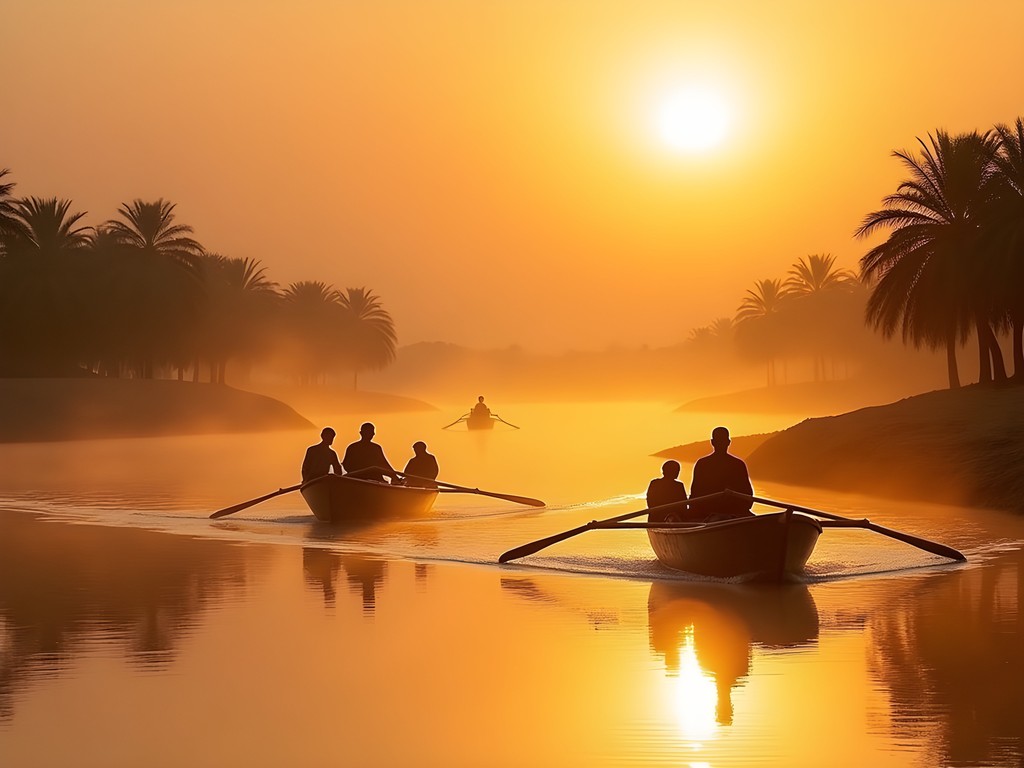
💡 Pro Tips
- Secure a government-approved guide before arriving in Mali—they handle permits and security concerns
- Exchange currency in Bamako where rates are better than in Mopti
- Download maps.me for offline navigation as cellular service is spotty
The Great Mosque: Mopti's Mud-Brick Marvel
My first morning in Mopti began with a visit to the Great Mosque, a stunning example of Sudano-Sahelian architecture that instantly transported me back to my architectural history seminars—except this wasn't a PowerPoint slide but a living, breathing monument. Built in the 1930s but following ancient construction techniques, the mosque's mud-brick structure with protruding wooden beams (toron) creates a distinctive silhouette against the cloudless blue sky.
My guide Amadou (arrange yours through your accommodation—this isn't a DIY situation) explained the annual re-plastering ritual that keeps the structure intact despite the harsh Sahelian climate. As a preservation student, watching local craftsmen mix mud with rice husks using traditional methods was worth the trip alone.
Non-Muslims can't enter the prayer hall, but the exterior offers plenty to study. I documented the intricate façade patterns with my pocket sketchbook, which earned me curious glances and eventually led to fascinating conversations with local architecture students. They explained how the mosque's design incorporates both practical elements (the wooden beams serve as built-in scaffolding for annual repairs) and symbolic features connecting earthly worship with divine aspirations.
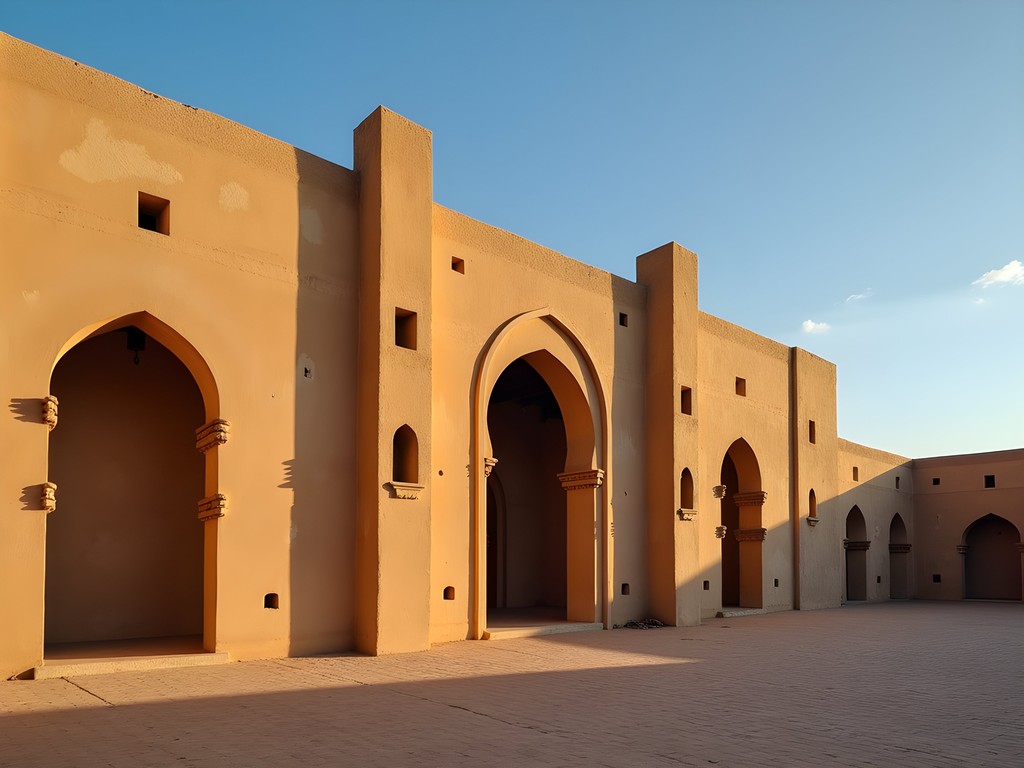
💡 Pro Tips
- Visit early morning (7-8 AM) for the best photography light and fewer crowds
- Dress conservatively with shoulders and knees covered when visiting religious sites
- Consider bringing small prints of your home country to share during conversations with locals—photos create connections where language barriers exist
Navigating Mopti's Port and Markets
If Mopti's mosque represents its spiritual heart, then the bustling port is undoubtedly its economic pulse. This is where the city earned its 'Venice of Mali' nickname, though I'd argue it has more authentic character than its Italian counterpart (and significantly fewer tourists taking selfies).
The port area transforms throughout the day: dawn brings fishermen returning with their catches, midday sees traders haggling over goods from across West Africa, and dusk welcomes travelers boarding pinasses for multi-day journeys upriver. I spent hours here daily, my travel water purifier saving me from both dehydration and single-use plastic waste in the intense heat.
The adjacent market district is a sensory overload in the best possible way. Vendors sell everything from hand-forged agricultural tools to intricate Dogon country textiles. My preservation-trained eye was drawn to the craftsmanship of traditional items still in daily use rather than produced for tourists. The metalwork section particularly fascinated me—blacksmiths from the Bozo ethnic group create fishing hooks and harpoons using techniques passed down through countless generations.
My budget-conscious approach meant bargaining was essential, but I always remembered my guide's advice: 'The fair price is one where both parties can smile afterward.' This philosophy led me to my prized possession: a hand-carved wooden Dogon mask that now hangs in my Montreal apartment, reminding me daily of Mali's artistic heritage.
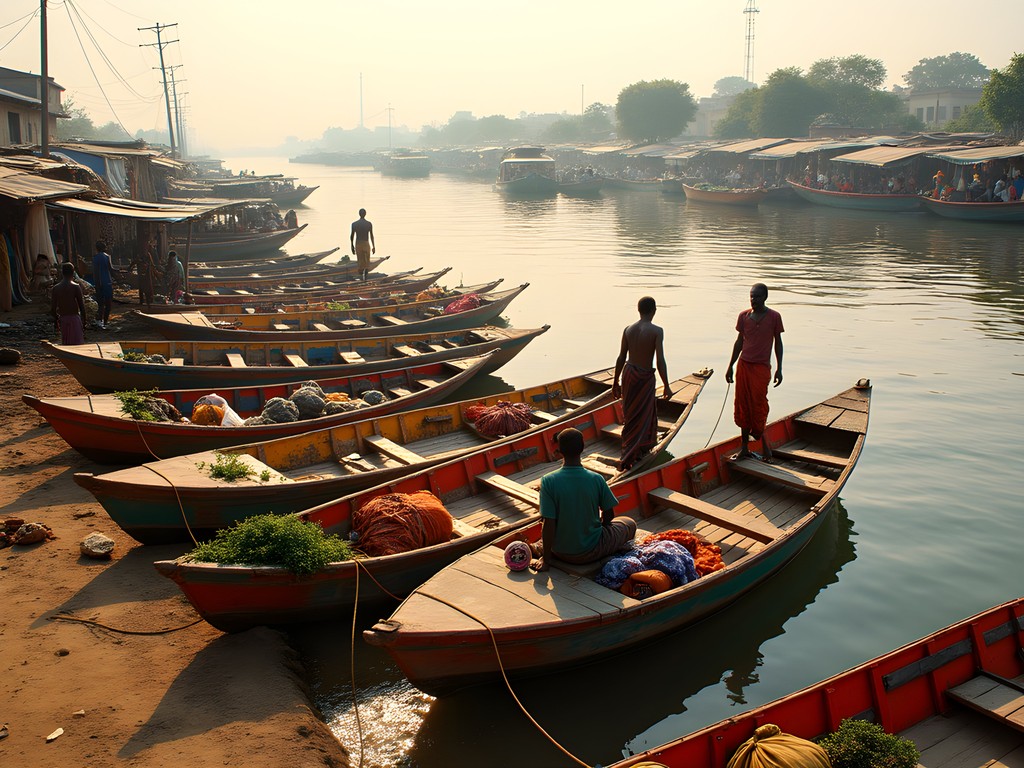
💡 Pro Tips
- Learn basic Bambara greetings (I ni sogoma/I ni tile/I ni su) to break the ice with vendors
- Photograph the market only after asking permission and be prepared to tip
- The port is busiest (and most photogenic) between 7-9 AM when fishing boats return
Day Trip to Dogon Country: Cliff Dwellings and Ancient Traditions
No visit to Mopti would be complete without exploring nearby Dogon Country, home to one of West Africa's most fascinating cultural landscapes. While multi-day treks are ideal, my student budget and timeline demanded efficiency, so I opted for a long day trip to the Bandiagara Escarpment, a UNESCO World Heritage site.
The journey begins with a bumpy 3-hour drive southeast from Mopti. My neck pillow prevented whiplash on the rough roads—one of those items that seems unnecessary until you're bouncing through the Sahel at dawn. We reached the escarpment as morning light illuminated the 150km sandstone cliff that has sheltered Dogon communities for centuries.
What makes this area remarkable from a preservation perspective is how the Dogon people adapted to this challenging environment while maintaining cultural continuity. Villages are built directly into the cliff face or at its base, with distinctive mud granaries topped with thatched roofs resembling pointed hats. These structures aren't museum pieces but remain functional storage for the millet harvest that sustains communities through the dry season.
The highlight was witnessing a masked dance performance in Tireli village—not the tourist-oriented versions common in more accessible locations, but an authentic practice connected to agricultural cycles. My academic interest in preservation extends beyond physical structures to these intangible cultural traditions, and seeing the Dogon's animist practices coexisting with introduced religions provided a masterclass in cultural resilience.
The hike between villages demands reasonable fitness and plenty of water. My cooling towel proved invaluable in the winter heat, which still reaches 30°C (86°F) during midday hours.
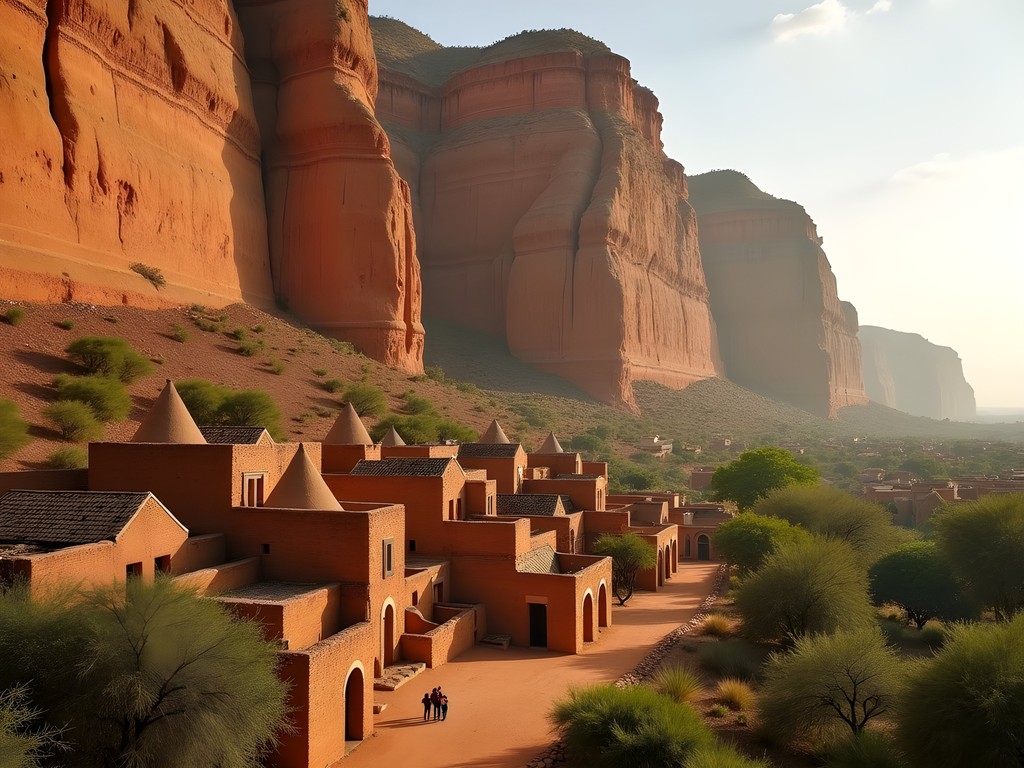
💡 Pro Tips
- Hire guides from official associations only—they ensure communities receive fair compensation
- Bring small denominations of West African CFA for village entrance fees (typically 5,000-10,000 CFA per village)
- Remove shoes when entering traditional Dogon toguna (men's meeting houses) as a sign of respect
Evening Rituals: Sunset Boat Cruise and Cultural Connections
After days of intense historical exploration, I treated myself to one modest splurge: a sunset cruise on the Niger River. For 10,000 CFA (about $17 USD), a local boatman named Ibrahim took me on his pinasse to where the Niger and Bani rivers meet—a confluence that has shaped trade routes for centuries.
As we drifted along, Ibrahim pointed out fishing techniques unique to different ethnic groups: the Bozo with their nets, the Somono with their traps. Each has developed specialized methods adapted to this specific ecosystem, another example of intangible heritage that fascinated my preservation-oriented mind.
The real magic happened when we stopped at a small Bozo fishing village accessible only by water. Here, away from tourist pathways, I witnessed evening rituals unchanged for generations. Women pounded millet for the next day's meals while children practiced casting small fishing nets. An elder invited me to try traditional fish stew served with millet couscous—eaten communally from a single large bowl.
Communication relied on Ibrahim's translation and my rudimentary French, but sharing food transcended language barriers. I'd brought my solar lantern which became an unexpected conversation starter when I gifted it to the village chief. Solar power is precious in communities without electricity, and this small token of appreciation opened doors to genuine cultural exchange.
As darkness fell, we returned to Mopti's twinkling lights, the boat gliding silently through water painted purple and orange by the setting sun. This moment—where ancient river meets contemporary life—encapsulated everything that drew me to Mali: layers of history continuously unfolding in living traditions rather than behind museum glass.
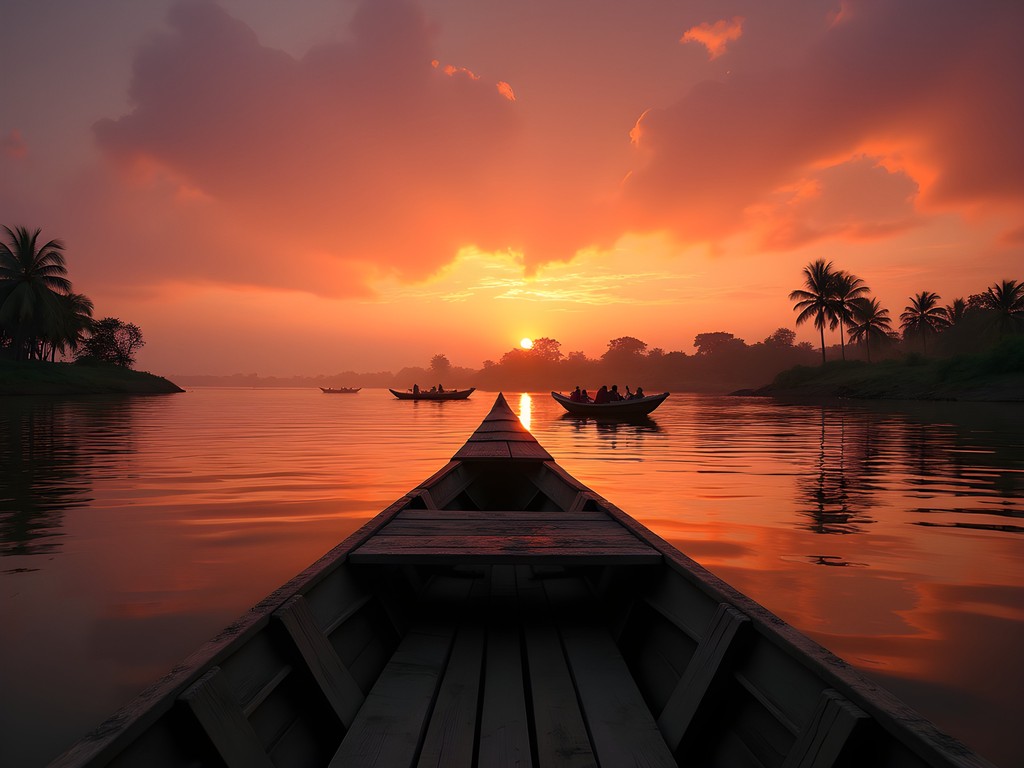
💡 Pro Tips
- Negotiate boat trips directly with boatmen at the port rather than through hotels to get fair prices
- Bring small gifts that are practical rather than trinkets—solar items, quality fishing hooks, or school supplies are appreciated
- Request permission before photographing people during village visits, especially in more remote communities
Final Thoughts
As my flight lifted from Bamako's runway a week later, I found myself already planning a return to Mali. The country had given me something my textbooks couldn't—a visceral understanding of how heritage lives and breathes through daily practices, not just in preserved structures. For the budget-conscious solo traveler willing to embrace some logistical challenges, Mopti offers an unfiltered glimpse into West African cultural traditions that remain remarkably intact despite modernization pressures.
My preservation studies now feel more grounded in reality. I've seen how communities maintain their architectural heritage not as museums but as living spaces adapted to contemporary needs while honoring ancestral techniques. This is the kind of preservation that matters—one that balances conservation with the evolving requirements of the people who inhabit these spaces.
If you're contemplating this journey, know that Mali demands respect, research, and flexibility. Security situations change, so consult current advisories and connect with local guides well in advance. But for those willing to venture beyond conventional destinations, Mopti's ancient treasures offer profound insights into how cultural heritage endures—not frozen in time, but flowing like the mighty Niger itself, carrying traditions forward while constantly renewing.
✨ Key Takeaways
- Mopti offers unique insights into living historical preservation rather than museumized heritage
- Winter visits provide comfortable temperatures for exploration while avoiding the rainy season
- Cultural immersion through river communities provides the most authentic experiences
- Local guides are essential for both security and meaningful cultural interpretation
- Budget travel is possible with careful planning and willingness to embrace local transportation
📋 Practical Information
Best Time to Visit
November to February (dry season with milder temperatures)
Budget Estimate
$30-50 USD per day including accommodation, food, guides, and local transportation
Recommended Duration
5-7 days minimum to explore Mopti and surrounding areas
Difficulty Level
Challenging

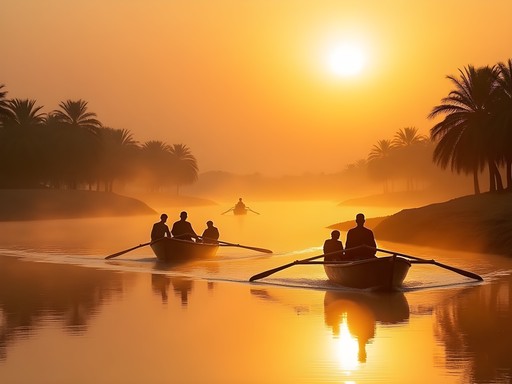
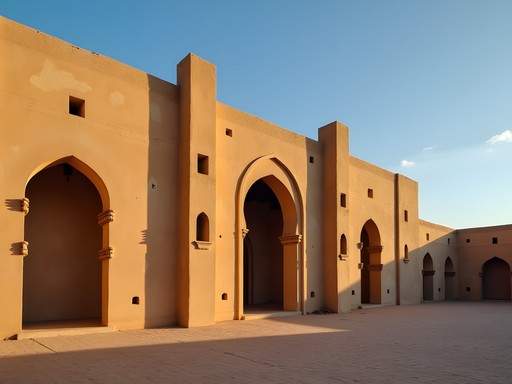
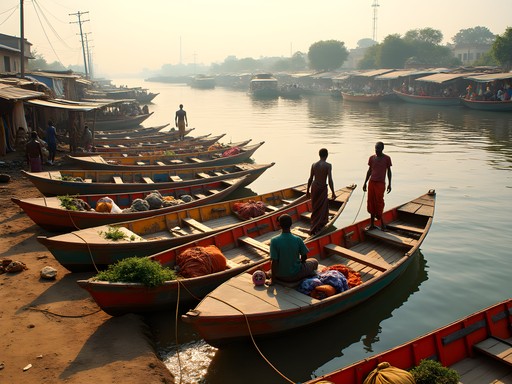
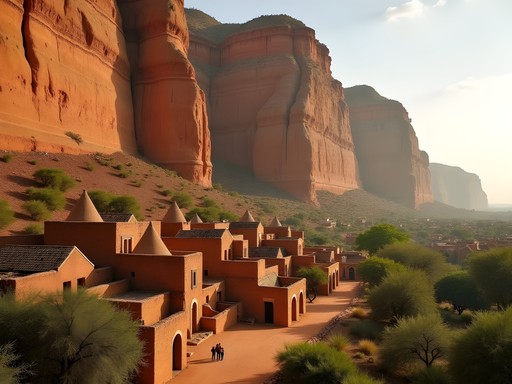
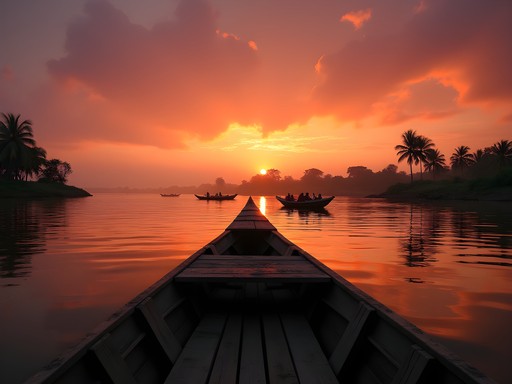


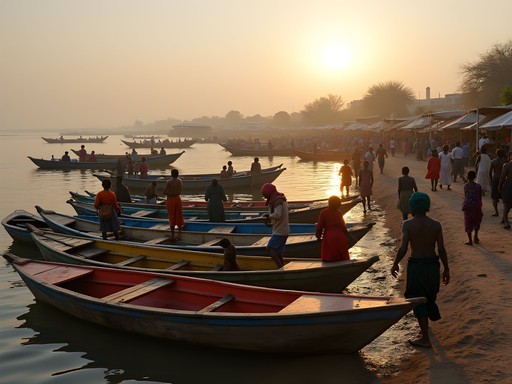







Comments
smartfan
Just got back from Mali last month and your post captures the essence of Mopti perfectly! The pinasse ride along the Niger was definitely a highlight - we paid a bit extra for a private boat and it was worth every franc. One thing I'd add about the market - the textile section is AMAZING. I spent hours watching the indigo dyeing process and bought some gorgeous fabrics. The vendors appreciate if you learn a few Bambara phrases, even just 'i ni ce' (thank you). Did you try the river fish with rice? That little restaurant near the port with the blue doors serves the best!
Chase Johansson
I know exactly which restaurant you mean! That fish was incredible. Great tip about the Bambara phrases - makes such a difference in interactions.
redclimber
Just booked my flights to Mali for February! This post convinced me to add Mopti to my itinerary. Was worried about safety but your experiences make it seem manageable. Did you find it easy to meet other travelers there or was it pretty quiet? Also, how was the food scene? I'm a bit of a foodie and always curious about local specialties!
Chase Johansson
You'll love it! There weren't tons of travelers but enough to meet people at guesthouses. The food was fantastic - try the capitaine (Nile perch) grilled fresh from the river, and definitely don't miss tigadégué (peanut stew with rice). Let me know if you need guesthouse recommendations!
dreamace
Those sunrise river photos are absolutely stunning!
sunsetseeker
Love those market photos! The colors are incredible!
islandrider
Great post! How difficult was it to arrange transportation to Dogon Country? I've heard the hiking there is incredible but logistics can be tricky.
Chase Johansson
It wasn't too bad! I arranged a guide through my guesthouse in Mopti. Cost about $50/day including transportation, guide, and meals. The hiking is moderate difficulty but the cultural experience is unmatched. Definitely bring good shoes and plenty of water!
islandrider
Thanks so much for the info! $50/day sounds very reasonable. Adding this to my 2026 plans for sure.
Hunter Thompson
Just got back from Mali myself last month! The pinasse ride from Mopti to Djenné was honestly one of the most magical experiences. We left at dawn and the light on the water was unreal. Did you manage to visit the Monday market in Djenné? The crowds around the mosque were insane but totally worth navigating. I found having my phrase book super helpful since my French is pretty basic. Chase, did you find any issues with security while you were there? We had a guide the whole time which made things smoother.
Chase Johansson
Hey Hunter! I missed the Monday market unfortunately - time constraints of being a broke grad student haha. Security was okay with local guides, but definitely had to stay aware in certain areas. The dawn pinasse rides were magical, right? That light!
redclimber
Did either of you need special permits for photography at the mosques? Planning a trip next year!
Hunter Thompson
@redclimber No special permits, but always ask permission before photographing people or inside religious buildings. Most mosques charge a small fee (like $2-5) for tourists with cameras.
wavevibes7582
Those mud-brick mosques look incredible! Been wanting to see West Africa for ages.
Savannah Torres
Chase, your post brought back so many memories! We took our kids (10 and 12) to Mali last year, and Mopti was their favorite stop. For families considering this trip, the port area is perfect for children - watching the boats and daily life unfold is better than any screen time! We stayed at a small guesthouse near the river where the owner's children taught our kids traditional games. One tip for photographing the Great Mosque: early morning light (around 7-8am) gives the mud-brick that gorgeous golden glow that really captures its beauty. We used our travel tripod for some stunning family shots with the mosque in the background.
mountainperson
I've been hesitant about taking kids to Mali. Was it easy to find family-friendly accommodations?
Savannah Torres
We found several places with family rooms, though they're basic by Western standards. Email ahead and most places are happy to accommodate children. The hospitality is incredible!
luckyvibes
Those Dogon cliff dwellings look amazing! How difficult was the hike to see them? I'm planning a trip but worried about the physical demands.
Chase Johansson
There are routes of varying difficulty. I'm in decent shape and found the standard paths manageable with plenty of water and good hiking shoes. The local guides are great at tailoring the experience to your fitness level!
Douglas Bradley
Excellent piece on Mopti, Chase. Your description of the Great Mosque brings back memories of my visit in 2023. The architectural similarities between Mopti's mosque and the more famous one in Djenné are fascinating - both exemplify the distinctive Sudano-Sahelian style. For those planning to visit, I'd recommend timing your trip during the less humid months (November-February) when the mud structures are less susceptible to erosion. The contrast between these ancient buildings and the bustling port life creates a compelling narrative about Mali's historical significance as a trade hub.
Venture X
Premium card with 2X miles, $300 travel credit, Priority Pass